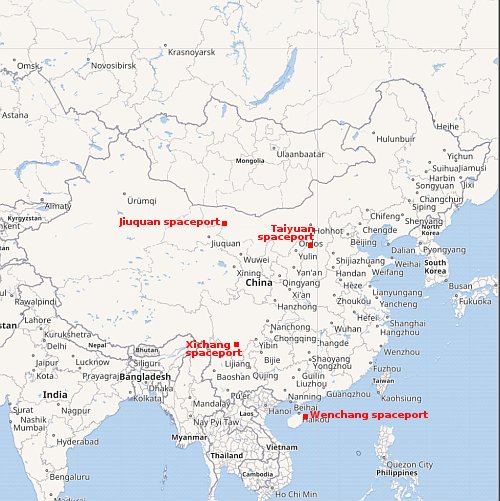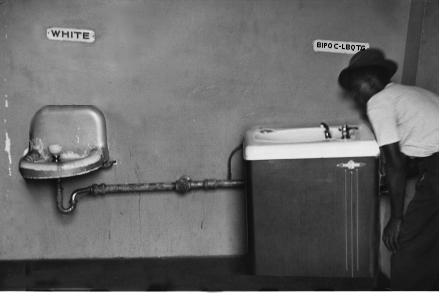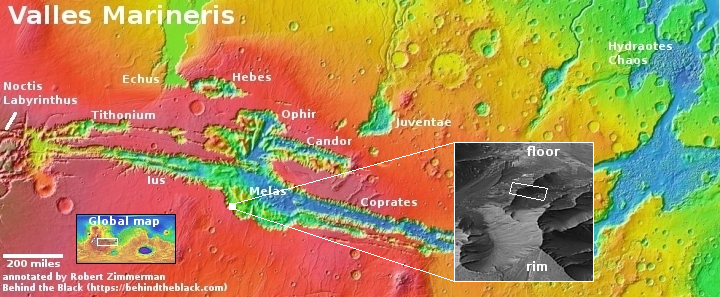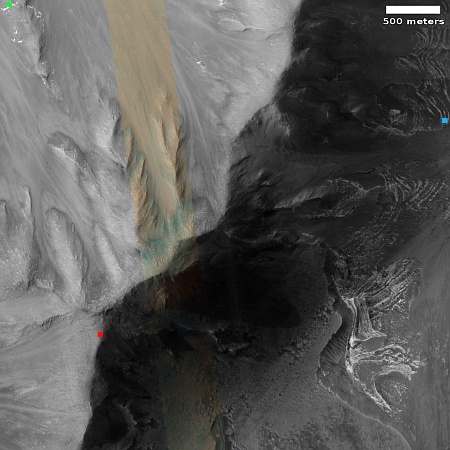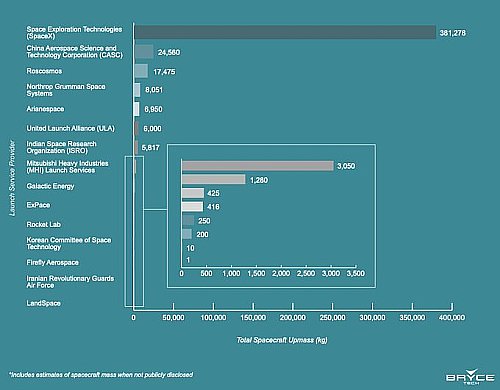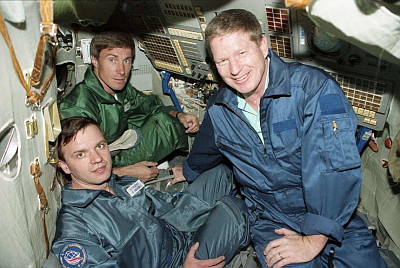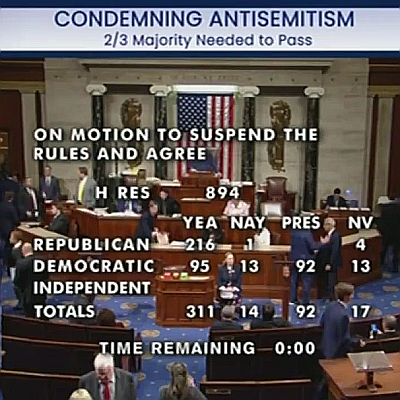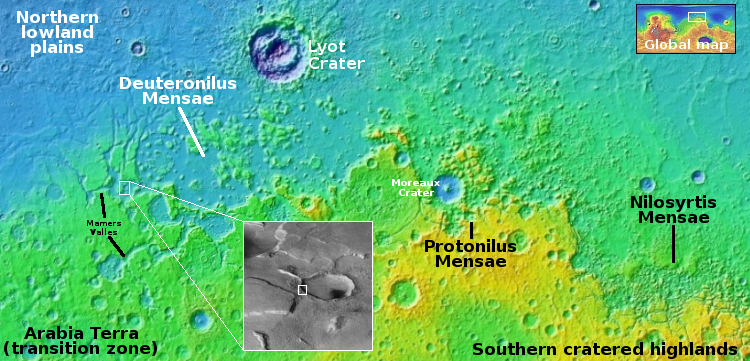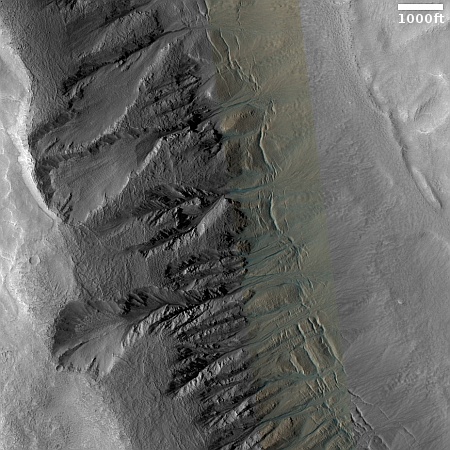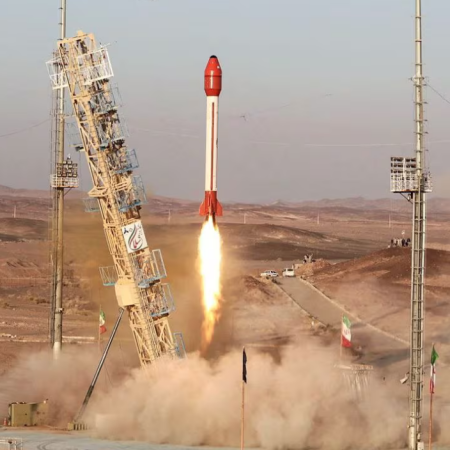Momentus fails to deploy three satellites on SpaceX’s multi-smallsat launch
The orbital tug company Momentus failed to deploy the satellites of three of its customers following November’s SpaceX multi-smallsat Transporter launch.
Momentus announced Dec. 5 that three of the five satellites that it flew on the Transporter-9 launch Nov. 11 did not appear to deploy from the Falcon 9’s upper stage. The company used a third-party deployer, rather than its own Vigoride tug, on that mission, and said that it was able to confirm that the Hello Test 1 and 2 satellites from Turkish company Hello Space were released.
The Momentus deployer remained attached to SpaceX’s upper stage, which as planned fired a de-orbit burn after completing the deployment schedule of its 90 satellites. All the satellites that used SpaceX’s deployment system apparently deployed properly.
In 2022 Momentus’s own orbital tug, Vigoride, had problems deploying some satellites on its first test launch, though its second flight in July 2023 was completely successful.
The failure here will not only pose problems for that third-party deployment company as well as Momentus, it will do serious harm to the startups that launched the three lost satellites. One was American, while the other two were South Korean and Polish. The American company, Lunasonde, has been trying to develop a constellation of satellites designed to look for underground resources.
The orbital tug company Momentus failed to deploy the satellites of three of its customers following November’s SpaceX multi-smallsat Transporter launch.
Momentus announced Dec. 5 that three of the five satellites that it flew on the Transporter-9 launch Nov. 11 did not appear to deploy from the Falcon 9’s upper stage. The company used a third-party deployer, rather than its own Vigoride tug, on that mission, and said that it was able to confirm that the Hello Test 1 and 2 satellites from Turkish company Hello Space were released.
The Momentus deployer remained attached to SpaceX’s upper stage, which as planned fired a de-orbit burn after completing the deployment schedule of its 90 satellites. All the satellites that used SpaceX’s deployment system apparently deployed properly.
In 2022 Momentus’s own orbital tug, Vigoride, had problems deploying some satellites on its first test launch, though its second flight in July 2023 was completely successful.
The failure here will not only pose problems for that third-party deployment company as well as Momentus, it will do serious harm to the startups that launched the three lost satellites. One was American, while the other two were South Korean and Polish. The American company, Lunasonde, has been trying to develop a constellation of satellites designed to look for underground resources.

